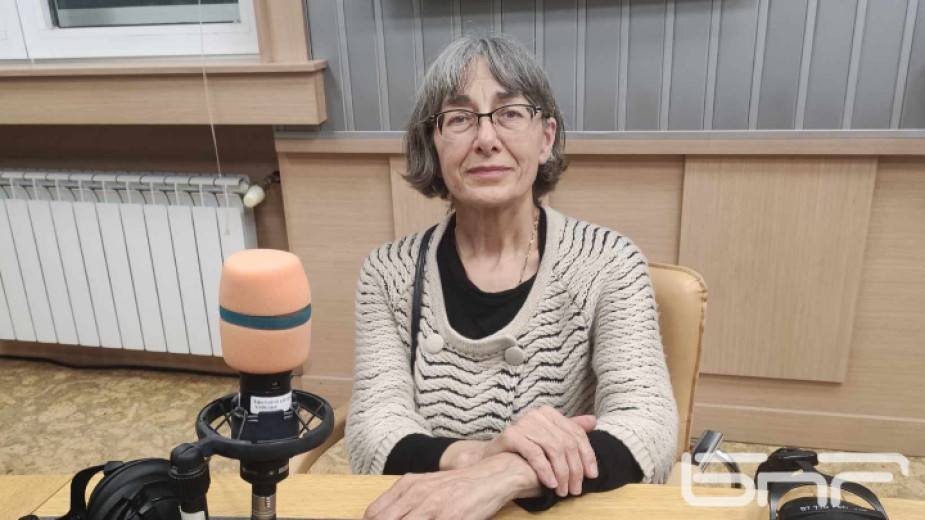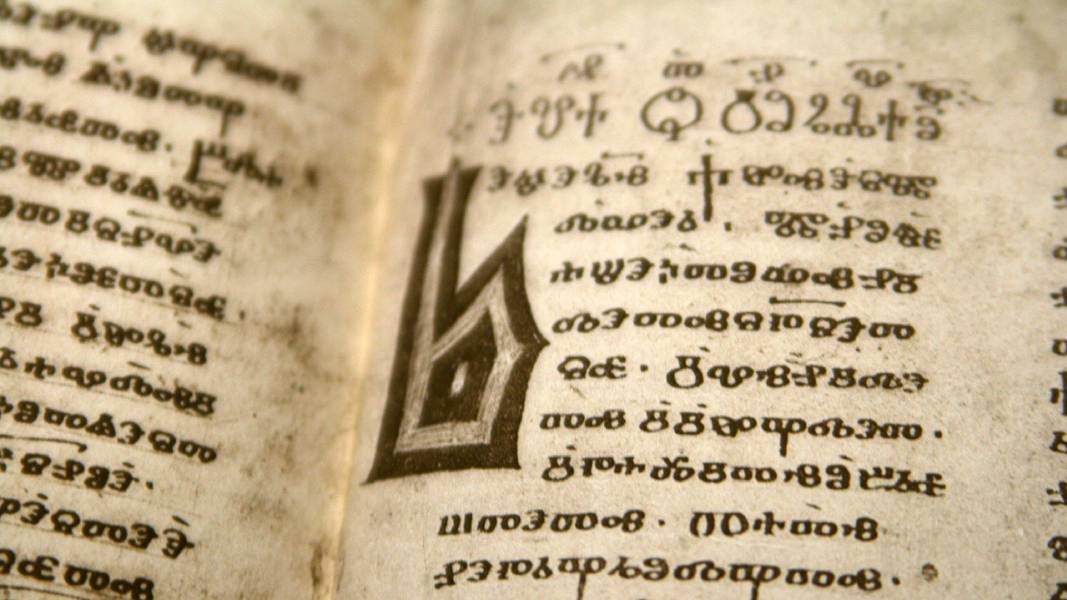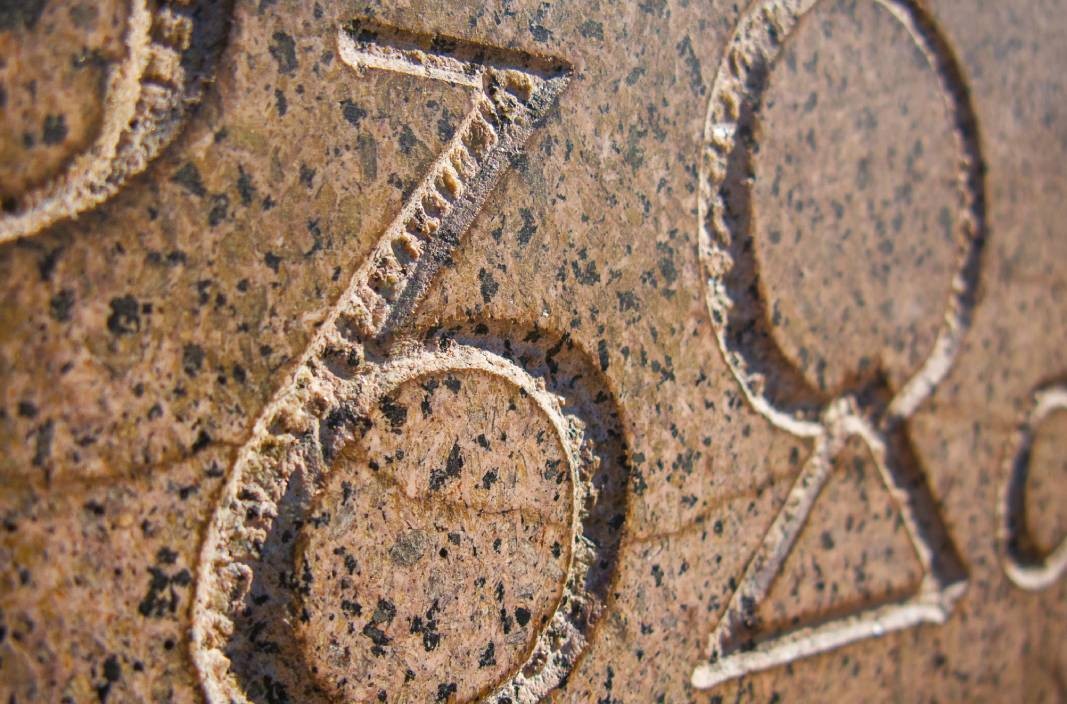A key to our heritage and national identity, the Glagolitic alphabet is an alphabet and a message to Europe, surrounded by many hypotheses. To mark the 1170th anniversary of its creation, we take a trip back to the 9th century, when the brothers Cyril and Methodius from Thessaloniki laid the foundations of the Slavic alphabet. Although the exact date is disputed and calculated according to different calendars, its significance is undeniable: the creation of the Glagolitic alphabet as the first graphic representation of the Slavic language is considered a phenomenal cultural breakthrough. In an interview with Radio Bulgaria, Prof. Dr. Elisaveta Musakova, an expert at the Manuscripts and Old Printed Books Department of the National Library, said:

At the heart of the Glagolitic alphabet are three sacred symbols: a cross to represent Christianity, a triangle to represent the Holy Trinity, and a circle to represent the universe. Most importantly, however, this alphabet has its own unique visual identity, setting it apart from all other known scripts.

"This new script is based on so-called phonetic alphabets – i.e. each sound has a corresponding letter. Personally, I think these are the best alphabets – where there is a sound, there is a graphic symbol. What you write is what you say and hear, with very few exceptions. So, tSo, the Glagolitic alphabet was created based on these phonetic alphabets. But ultimately, it was modelled on the Greek alphabet, which was seen as highly authoritative, since Byzantium was the leading cultural power of the time," says Prof. Dr. Elisaveta Musakova.
The unique forms of Glagolitic letters remain the subject of scientific research, hypotheses and speculation. To date, no one has provided a definitive answer.


Edited by Desislava Semkovska
Published and translated by E. Radkova
Photos: archive, Facebook/ Glagolitica, BNR, Institute for the Bulgarian Language, Veneta Pavlova
On 19 October 2025, the day on which Orthodox Bulgarians commemorate St Ivan Rilski the Miracle-Worker, the newly renovated St Ivan Rilski Church in Chicago will officially reopen its doors. Named after Bulgaria’s heavenly patron , the church will host..
Archaeologist Nikolay Ovcharov on Thursday announced the discovery of a large circular temple at Perperikon, the early-historic rock complex in the Eastern Rhodopes, BTA reported. Dating to the 3rd–4th centuries AD , the structure is believed to..
This summer, archaeologists once again breathed life into the legends woven into the rocks of Kaliakra . Among the ruins of the once majestic fortress above the Black Sea, over 400 artefacts were discovered, shedding new light on..

+359 2 9336 661
